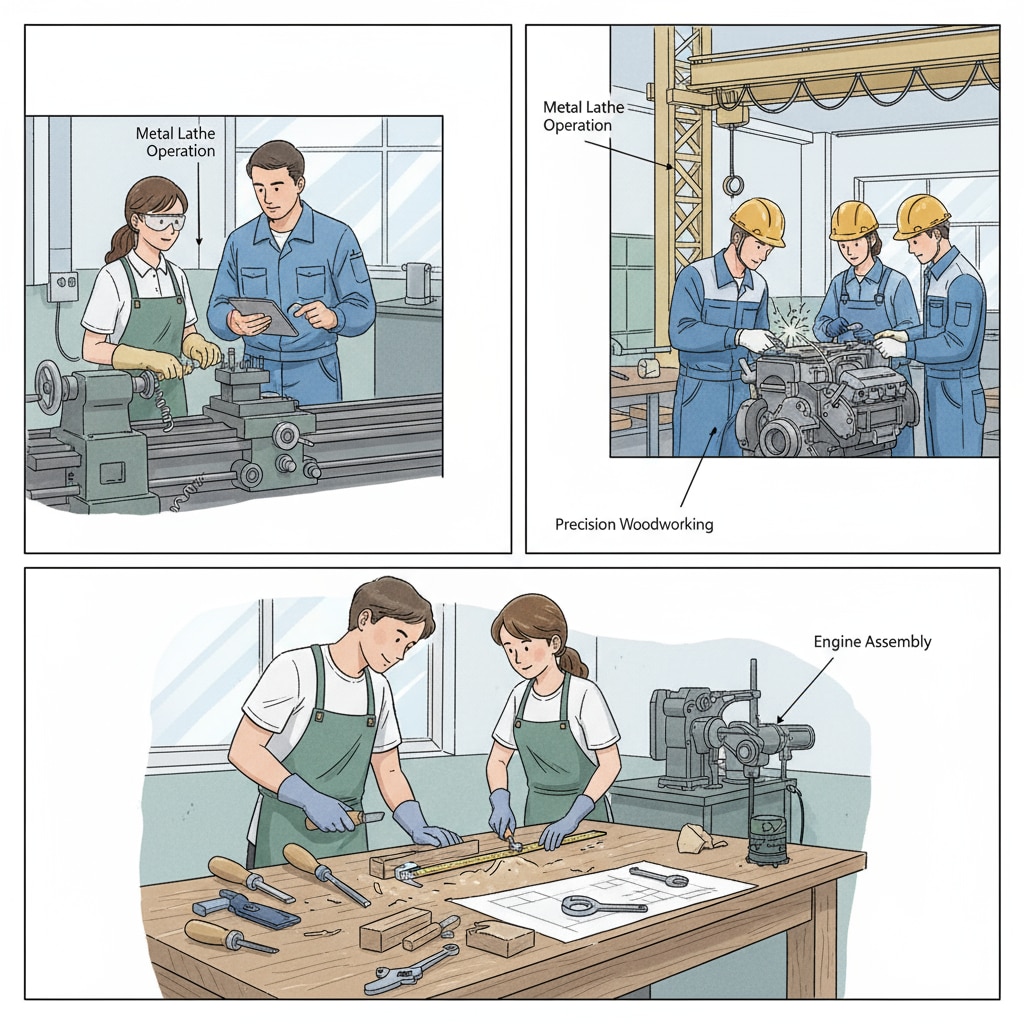When considering the choices between higher education and vocational training, the concepts of higher education, return on investment, vocational education, and employment come to the forefront. For years, society has generally held the belief that obtaining a university degree is the surest route to a successful career. However, a closer look at the investment – return aspect might prompt us to reconsider this long – held assumption.

The Cost Factor in Higher Education
One of the most significant aspects to consider is the cost of higher education. Tuition fees at universities have been steadily rising in many countries. According to data from the National Center for Education Statistics, the cost of attending a four – year public university has increased substantially over the past few decades. In addition to tuition, students also have to bear the cost of accommodation, textbooks, and other living expenses. This large financial outlay means that students and their families are making a significant investment, with the hope of a high return in the form of better job opportunities and higher salaries in the future.
Vocational Training: A Cost – Effective Alternative
On the other hand, vocational training often comes at a much lower cost. Vocational programs typically have shorter durations compared to traditional university degrees. For example, many vocational courses can be completed in a matter of months to a couple of years. This not only reduces the overall cost of education but also allows students to enter the workforce earlier. As reported by the Bureau of Labor Statistics, some vocational fields offer competitive entry – level salaries, making the investment in vocational training a more appealing option in terms of cost – effectiveness.

Employment rates are another crucial factor in evaluating the return on investment of different educational paths. While universities often tout high employment rates for their graduates, the reality is more complex. In some fields, the supply of university graduates may exceed the demand, leading to fierce competition for jobs. This can result in graduates taking jobs that are not directly related to their majors, reducing the expected return on their educational investment.
In contrast, vocational training is often more closely aligned with the needs of the job market. Vocational programs are designed to provide students with the specific skills and knowledge required by employers in various industries. As a result, vocational training graduates often have a higher job – major match rate, which can lead to more stable employment and better career progression.
Readability guidance: We have explored the cost and employment aspects of higher education and vocational training. It is clear that both paths have their own advantages and disadvantages. The choice between them should be based on a comprehensive consideration of individual interests, career goals, and financial situations.


